- Products
- Email Verifier Verify emails addresses individually, in bulk or through API, with 99% accuracy
- Email Finder Find individual or bulk emails by entering the person & company name or domain
-
Form Guard Protect your forms from spam, bots, and invalid submissions with real-time email, phone, and name verification.
- Prospect SQL/MQL list building with high levels of personalization, real-time data enrichment and prospect search
- Clearout For SheetsVerify email addresses directly on Google Sheets with Clearout for sheets add-on
- Prospect – LinkedIn Chrome ExtensionBuild verified, targeted prospect lists directly from LinkedIn profiles
- ClearoutPhoneValidate phone numbers across 240+ countries in bulk, quick or real time validation Free Tools
- Disposable Email Checker
- Reverse LinkedIn Profile Lookup Tool
- Reverse Email Lookup Tool
- Email List Cleaner
- ResourcesDEVELOPER
API
Clearout APIs are structured around REST and JSONWebhooks
Capture real-time events in your application workflowForm Guard
Real-time form validation to keep bad contacts out of your CRMKNOWLEDGE BASEGetting started
Sending campaigns without bounces is made simpleFAQ
Easily find answers to services, security and common questionsUSE CASESLead Generation
Learn how professionals generate quality leadsGUIDESPricingTransparent & flexible pricing to support pay-per-use or recurringCompare Email Verification Tools
AI-powered email verification with 99%+ accuracy, real-time validation, and transparent risk scoringCompare Email Finder Tools
Pre-verified B2B email addresses with confidence scoring, find real person email, not role-based addressBLOGSEmail Verification ToolsFind Anyone’s Email Address
Most Accurate, Fast & Free WaysForm Validation
Importance, Ways & Best PracticesView All Blogs - Pricing
- Integrations
- Enterprise
- Login
Email Segmentation: How To Segment Email Lists For Better Deliverability
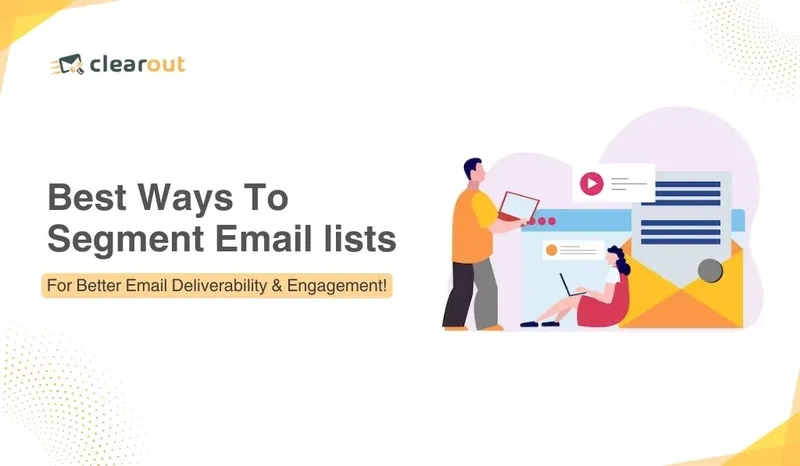
Email marketing is by no means a new marketing strategy.
The very first email marketing campaign consisted of a "blast" of 400 emails sent out to Arpanet advertising machines. A move that generated about $13 Million in sales. The year was 1978.
Nearly 50 years on, in an era of social media marketing, one-third of marketers still rely on email marketing as a marketing strategy. And, emails are promising when it comes to ROI.
So, how can email marketing stay on par with newer marketing alternatives after all these years? The answer is email segmentation.
This blog will tell you everything you need to know about what email segmentation is, why it's important, and how you can get started with it.
The very first email marketing campaign consisted of a "blast" of 400 emails sent out to Arpanet advertising machines. A move that generated about $13 Million in sales. The year was 1978.
Nearly 50 years on, in an era of social media marketing, one-third of marketers still rely on email marketing as a marketing strategy. And, emails are promising when it comes to ROI.
So, how can email marketing stay on par with newer marketing alternatives after all these years? The answer is email segmentation.
This blog will tell you everything you need to know about what email segmentation is, why it's important, and how you can get started with it.
Table of Contents:
Email Segmentation- The Base Of Your Email Marketing Strategy
Email List Segmentation is an essential pillar of a successful email marketing strategy.
“Email list segmentation” comes from the more general term "market segmentation.” The latter refers to the process of dividing a target audience into logical sub-groups based on defined criteria.
“Email list segmentation” comes from the more general term "market segmentation.” The latter refers to the process of dividing a target audience into logical sub-groups based on defined criteria.
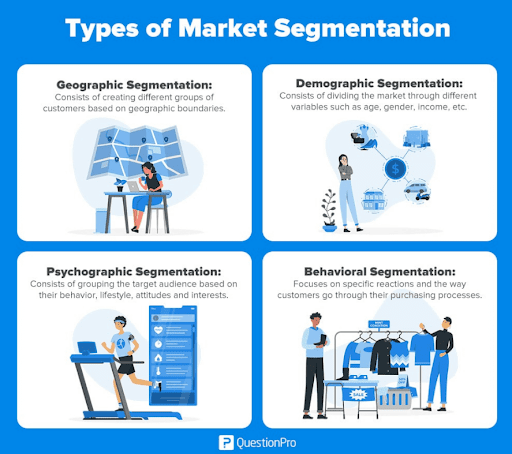
The same concept is used in email marketing, where your starting point is your email list rather than your entire audience. So, if you ask-
What is Email Segmentation?
Simply put, email segmentation is the process of "segmenting" your email subscribers into smaller groups or segments based on certain characteristics or preferences.
These groups or segments can be based either on geographic, demographic, or behavioral data or on factors such as their position in the sales funnels, purchase history, or email preferences, to name a few.
The primary intent behind this exercise is to ensure that the right emails go to the right people.
Now, you may ask, why bother with additional effort? Won't sending emails to the maximum number of people in one go potentially improve your bottom line?
While mathematically, that train of thought does seem logical, in the context of marketing, things don't quite play out this way. Let's see why.
These groups or segments can be based either on geographic, demographic, or behavioral data or on factors such as their position in the sales funnels, purchase history, or email preferences, to name a few.
The primary intent behind this exercise is to ensure that the right emails go to the right people.
Now, you may ask, why bother with additional effort? Won't sending emails to the maximum number of people in one go potentially improve your bottom line?
While mathematically, that train of thought does seem logical, in the context of marketing, things don't quite play out this way. Let's see why.
Why is Email Segmentation Important?
According to Statista, today, there are over 4 billion email users worldwide, making email marketing an effective means to access and target this vast pool of potential customers.
That said, while people spend limited amounts of time going over their inboxes every single day, too many or unnecessary emails can work against marketers.
According to Gartner, receiving too many emails was one of the primary triggers that led consumers to unsubscribe. Add to this the fact that over 70% of consumers engage only with personalized messaging.
This is essentially why email segmentation is a key step to add to your email marketing exercises. With segmenting, you only send out relevant emails to target groups.
This will increase your open, click-through, and conversation rates, which in turn will improve your ROI but will also mitigate your chances of losing customers.
That said, while people spend limited amounts of time going over their inboxes every single day, too many or unnecessary emails can work against marketers.
According to Gartner, receiving too many emails was one of the primary triggers that led consumers to unsubscribe. Add to this the fact that over 70% of consumers engage only with personalized messaging.
This is essentially why email segmentation is a key step to add to your email marketing exercises. With segmenting, you only send out relevant emails to target groups.
This will increase your open, click-through, and conversation rates, which in turn will improve your ROI but will also mitigate your chances of losing customers.
How to Segment Your Email List?
There is no rule book to follow as such when it comes to how you want to segment your email list. Any data or information you can collect based on customer touch points can be a factor based on which you can segment your email list. Here are a few examples:
Demographic data
Demographic data include parameters such as age, gender, level of education, income level, occupation, and so on. You can segment your email list based on the individual parameters listed above or depending on the kind of product or service you are selling —a combination of a few.
For example, if you are selling salon services, you would want to target women of all age groups. However, if you are selling a niche product such as, say, menopause relief supplements, you would need to segment your email list based on age as well as gender.
For example, if you are selling salon services, you would want to target women of all age groups. However, if you are selling a niche product such as, say, menopause relief supplements, you would need to segment your email list based on age as well as gender.
Geographical Data
Segmentation of the email list based on geographical data is especially essential for brick-and-mortar businesses or for those online businesses that serve specific locations.
Another plus of email segmentation based on geographical data is the ability to customize your email campaigns based on local events, weather patterns, and even language.
Another plus of email segmentation based on geographical data is the ability to customize your email campaigns based on local events, weather patterns, and even language.
Psychographic Data
Psychographic data include parameters such as personality, lifestyle, social status, activities, interests, opinions, and attitudes. Segmenting your email list based on this data, i.e., their psychological and behavioral characteristics, will help you resonate better with needs and wants and help you drive higher engagement and conversions.
Online Activity
Segmentation based on online activity is a phenomenon we are all familiar with in some shape or form. Think website ads and promo emails that magically appear in your feed and inbox based on something you were randomly searching for a short while ago.
Customer Position in the Sales Funnel
One of the most effective ways to segment your email list is based on where the customer is in the sales funnel. Simply put, the sales funnel represents the various stages of a customer's buying journey —awareness, interest, consideration, purchase, and loyalty.
Each stage requires unique content and information to push a potential customer deeper into the sales funnel. For example, a customer who is at the top of the sales funnel (at the awareness stage) must be targeted with information that can pique their interest.
Similarly, customers who are at the bottom of the sales funnel (the final decision-making phase) must be sent content such as product pages, testimonials, or coupons to nudge them to make that purchase.
The five categories touched up above are just the tip of the ice when it comes to email segmentation.
Each stage requires unique content and information to push a potential customer deeper into the sales funnel. For example, a customer who is at the top of the sales funnel (at the awareness stage) must be targeted with information that can pique their interest.
Similarly, customers who are at the bottom of the sales funnel (the final decision-making phase) must be sent content such as product pages, testimonials, or coupons to nudge them to make that purchase.
The five categories touched up above are just the tip of the ice when it comes to email segmentation.
14 Most Effective Email Segmentation Strategies That Actually Work
Now that you know what email segmentation is, why it's important, and how you can segment your email list, let's look at a few strategies you can implement to get the best out of this exercise.
Segmentation Based On Email Status
Invalid, catch-all, or risky email addresses are not only an exercise in futility but can also have negative outcomes for email marketers. Here are a few reasons you must segment email based on email status.
- Invalid email addresses result in hard bounces and have an impact on your sender score.
- Risky email addresses such as disposable, blacklisted, or spam accounts can result in spam complaints and put your reputation at risk.
- Catch-all email addresses might include unused/inactive mailboxes that can lead to higher bounce rates. If there are too many catch-all emails in your email lists it will negatively impact your email deliverability and sender reputation.
All you need to do is run your email lists through a reliable email verifier that will help you identify and remove such bad email addresses from your email list.
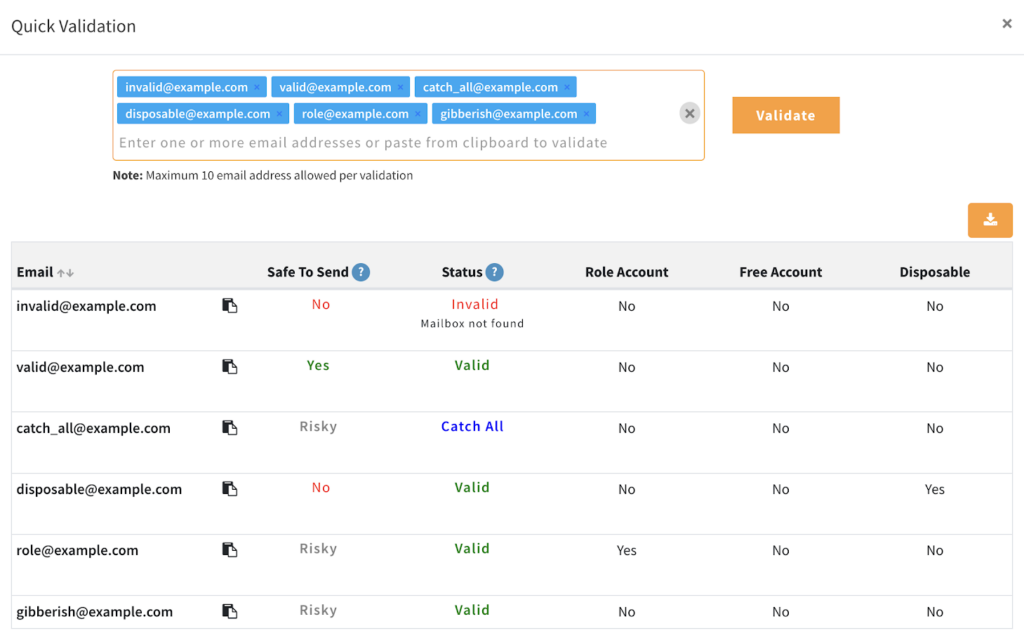
Using this simple yet important email segmentation strategy will ensure your emails land in the right inboxes, boosting engagement, protecting your reputation, and maximizing your ROI.
List Segmentation Based on Demographics
The most common way to segment your email list is by using demographics such as age, gender, company position, and income level. All this data can reveal a lot about a person's needs and interests.
The more information you can gather about your audience during the sign-up process, the more demographic segmentation options you'll have.
However, be cautious because requesting too much information may deter people from signing up at all. Determine which metrics are most important to your company and include them in the signup process.
For example, gender and age are helpful for a retail clothing brand. And if you are in the B2B industry, the company position is an important demographic to take note of. Add 1-3 of the most important demographic factors for your company.
The more information you can gather about your audience during the sign-up process, the more demographic segmentation options you'll have.
However, be cautious because requesting too much information may deter people from signing up at all. Determine which metrics are most important to your company and include them in the signup process.
For example, gender and age are helpful for a retail clothing brand. And if you are in the B2B industry, the company position is an important demographic to take note of. Add 1-3 of the most important demographic factors for your company.

Engage New Customers with Welcome/Onboarding Emails
One of the most important segments you must create is for your new customers or subscribers. These are a special group that has just been introduced to your service or your brand, and a welcome or onboarding email is an excellent opportunity to grab attention and make a great first impression.
Airbnb sends a welcome email to new users that welcomes them to the community, invites them to explore the app, and offers them a discount code for their first booking.
Airbnb sends a welcome email to new users that welcomes them to the community, invites them to explore the app, and offers them a discount code for their first booking.
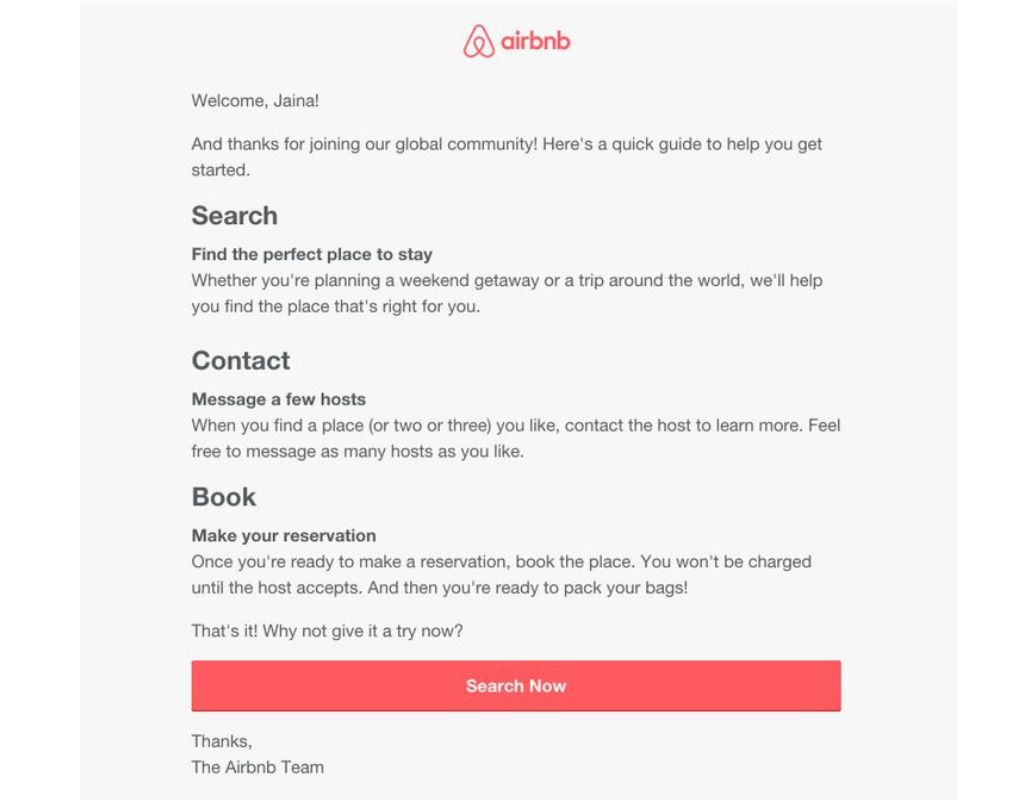
Product Interest
Not everything you sell is going to be of interest to everyone on your email list. Instead of sending blanket promotions, target smaller segments of people who are likely to be interested in similar products with appropriate offers.
- You could determine interest based on:
- Age group or gender.
- Job Profile
- Their explicit preference
- Search history and past purchases
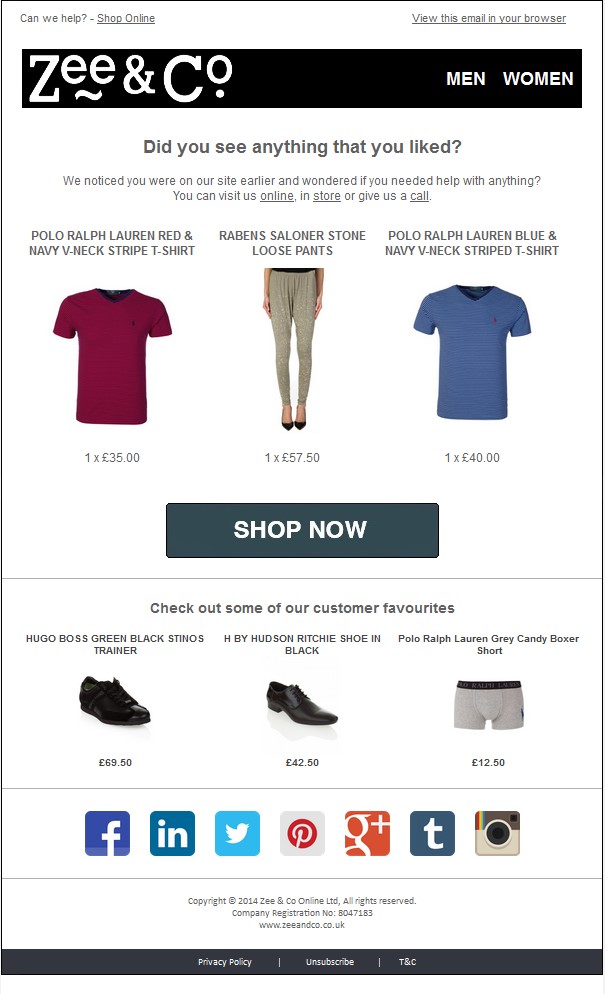
Consider the Location
This is a key segmentation strategy for stores with multiple locations or businesses with an international client base.
There are a lot of different ways to use geographic location data, making segmentation by geographic area a valuable tool. You can use it for:
There are a lot of different ways to use geographic location data, making segmentation by geographic area a valuable tool. You can use it for:
- Stagger your emails to go out at optimum times for customers in different time zones.
- Advertising regional promotions by sending out focused emails for events in certain store locations.
- Conduct events or flash sales based on the audience's location and time zone.
- Use a location in your headlines or content to draw attention and offer a personalized experience.

Position in the Sales Funnel
Segmenting by where your audience is in the sales funnel is one of the most valuable ways to customize your messaging and ensure they move to the next stage.
Someone at the top of the funnel should receive different targeted emails than those at the bottom.
Someone at the top of the funnel should receive different targeted emails than those at the bottom.
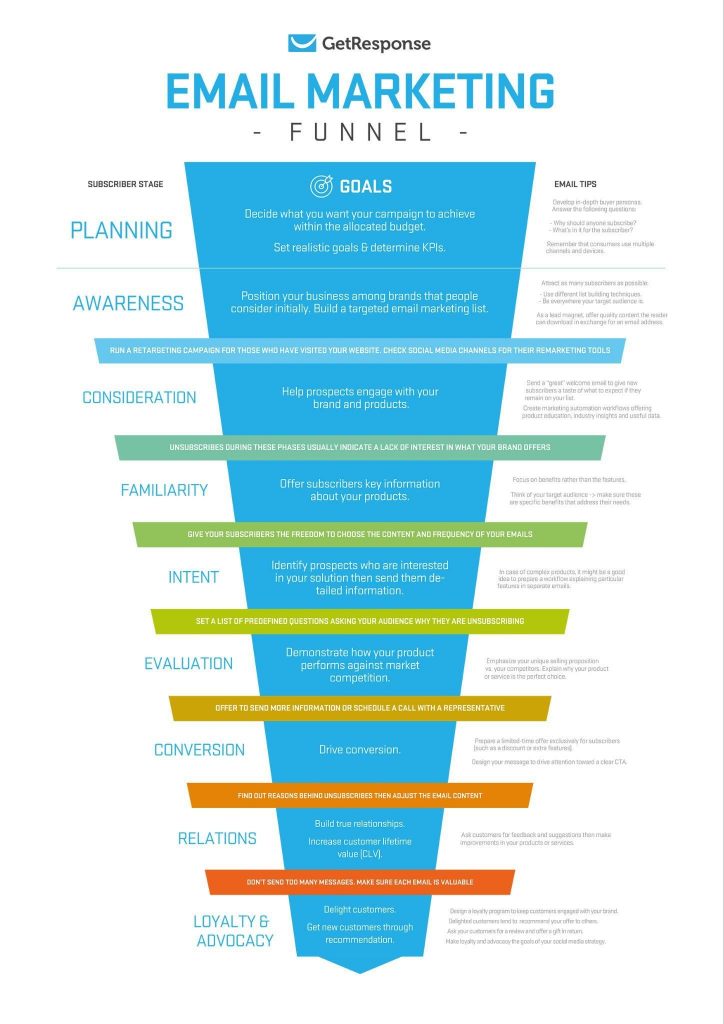
For newly acquired leads who are still discovering your brand, it's important to gain their trust before promoting your offer directly. You can accomplish this by providing high-value, educational content that highlights your expertise.
When the subscriber starts showing more interest, add more product-focused information, such as case studies and what they can accomplish using your product or service.
If they continue to engage, you're ready to push them towards conversion, perhaps with a demo or free trial offer.
This way, the entire email marketing process becomes easier, more targeted, and more likely to bring in conversions.
For newly acquired leads who are still discovering your brand, it's important to gain their trust before promoting your offer directly. You can accomplish this by providing high-value, educational content that highlights your expertise.
When the subscriber starts showing more interest, add more product-focused information, such as case studies and what they can accomplish using your product or service.
If they continue to engage, you're ready to push them towards conversion, perhaps with a demo or free trial offer.
This way, the entire email marketing process becomes easier, more targeted, and more likely to bring in conversions.
However, none of this planning would be effective if your emails didn’t reach your target audience. This is why validating emails is super important.
Read>> How to Check If an Email Address is Valid Without Sending an Email
When the subscriber starts showing more interest, add more product-focused information, such as case studies and what they can accomplish using your product or service.
If they continue to engage, you're ready to push them towards conversion, perhaps with a demo or free trial offer.
This way, the entire email marketing process becomes easier, more targeted, and more likely to bring in conversions.
For newly acquired leads who are still discovering your brand, it's important to gain their trust before promoting your offer directly. You can accomplish this by providing high-value, educational content that highlights your expertise.
When the subscriber starts showing more interest, add more product-focused information, such as case studies and what they can accomplish using your product or service.
If they continue to engage, you're ready to push them towards conversion, perhaps with a demo or free trial offer.
This way, the entire email marketing process becomes easier, more targeted, and more likely to bring in conversions.
However, none of this planning would be effective if your emails didn’t reach your target audience. This is why validating emails is super important.
Read>> How to Check If an Email Address is Valid Without Sending an Email
Focus On Your Active/Loyal Customers
Another key area of focus during email segmentation is focus on your most active and loyal customers. These are folks who engage with your emails frequently, buy from you, or avail of your services. Keeping these groups of customers feeling valued is essential to retain customers and drive up revenues.
Starbucks, for example, has a loyalty program called Starbucks Rewards. It sends its members emails that celebrate their progress along with exclusive benefits, such as bonus stars, personalized offers, or early access to new products.
Starbucks, for example, has a loyalty program called Starbucks Rewards. It sends its members emails that celebrate their progress along with exclusive benefits, such as bonus stars, personalized offers, or early access to new products.
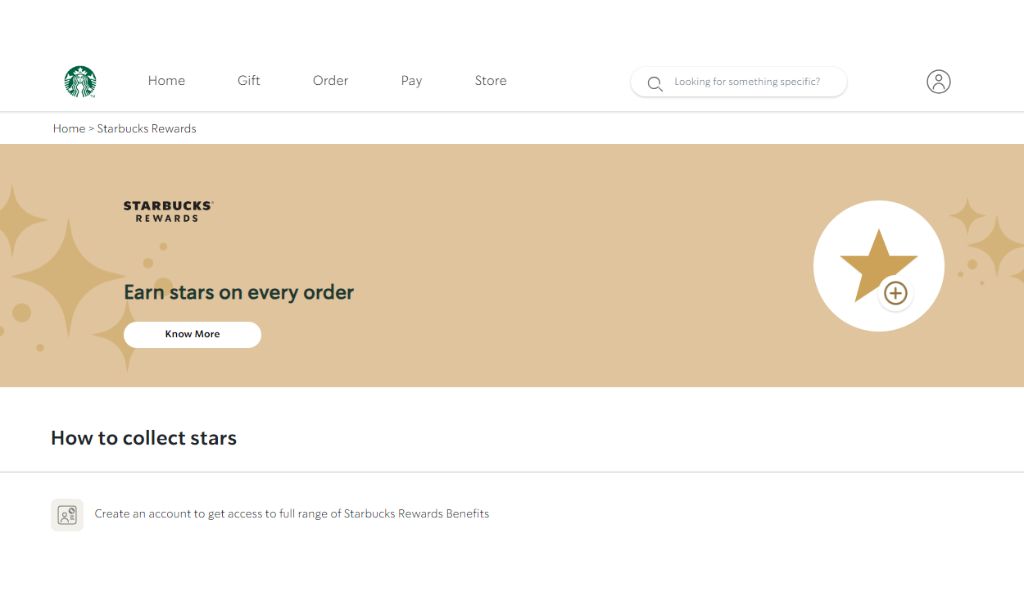
Re-engage Inactive Subscribers/Customers
While having inactive subscribers is normal, the general tendency is to ignore them when it comes to future email campaigns. Instead, give it one last shot and try to recapture their attention by segmenting such users and running a re-engagement campaign from them.
Food aggregators such as Zomato reach out to their customers via emails and push notifications if you haven't ordered from them in a while.
Food aggregators such as Zomato reach out to their customers via emails and push notifications if you haven't ordered from them in a while.
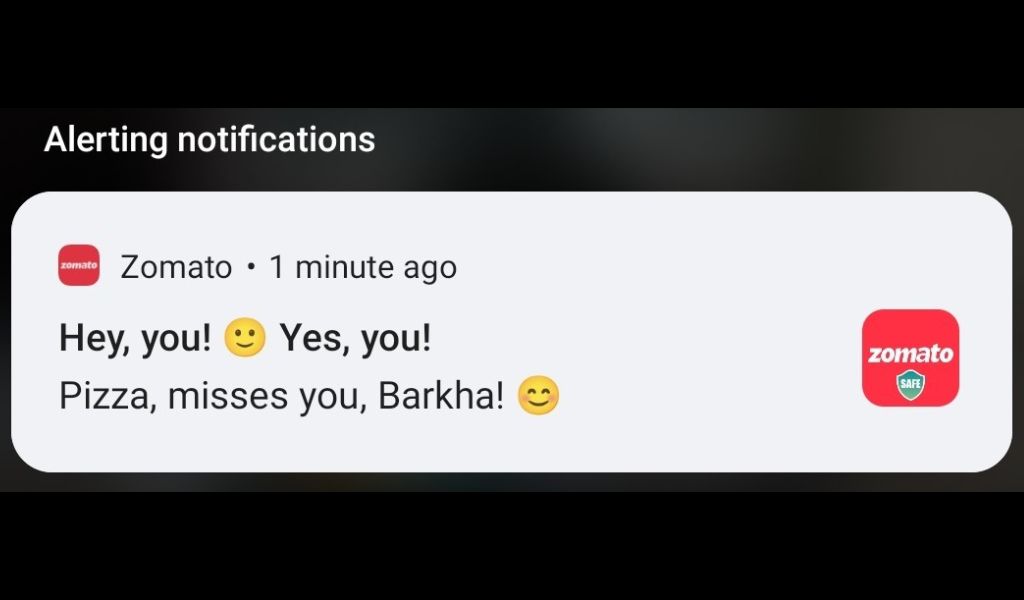
Segment Emails Based On Email Address Type/Role
Depending on your campaign goals, if you are looking to reach out to decision-makers or professionals only on their business emails, it's better to filter out the free accounts (google.com, yahoo.com) or role-based accounts (info@, support@) from your list.
This helps because the professionals might not pay attention to the business-related emails on their personal email accounts, and avoiding doing so will keep your engagement metrics better
In the case of role-based accounts, since there are too many people managing the same account, you never know if the emails will reach the intended person, be opened, or be responded to.
Thus, it is best to keep these email address types out or plan separate campaigns tailored for role-based email accounts. For example, you can easily convey your message, and ask them to point you to the right person for the discussion.
This helps because the professionals might not pay attention to the business-related emails on their personal email accounts, and avoiding doing so will keep your engagement metrics better
In the case of role-based accounts, since there are too many people managing the same account, you never know if the emails will reach the intended person, be opened, or be responded to.
Thus, it is best to keep these email address types out or plan separate campaigns tailored for role-based email accounts. For example, you can easily convey your message, and ask them to point you to the right person for the discussion.
Company Profile
For B2B organizations, the company profile of your clients or leads is important information to have.
You can group companies in your list based on shared traits that impact what they’re looking for from your brand. For example, the size of a company will influence its needs and budget.
You can also tailor emails with industry-specific content based on the sector companies work in. This way, you can highlight how your offer addresses their unique pain points.
You can group companies in your list based on shared traits that impact what they’re looking for from your brand. For example, the size of a company will influence its needs and budget.
You can also tailor emails with industry-specific content based on the sector companies work in. This way, you can highlight how your offer addresses their unique pain points.
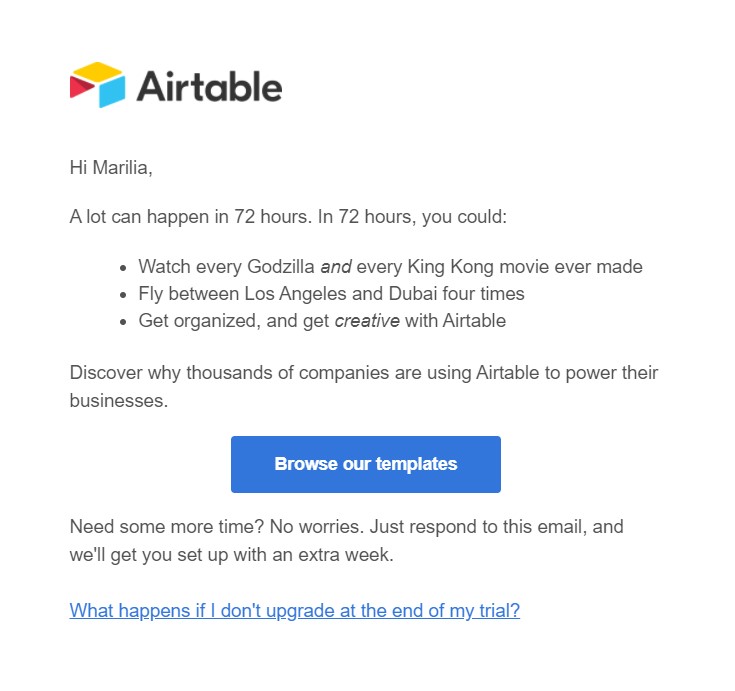
Retarget Customers With Abandoned Carts
The average cart abandonment rate in 2023 was approximately 70%. This is a huge number and, depending on how you look at it, a massive pool of potential customers that, with the right push, you could convert.
Take a look at how Northface, an outdoor apparel company, retargets customers who have abandoned products in their carts.
Take a look at how Northface, an outdoor apparel company, retargets customers who have abandoned products in their carts.
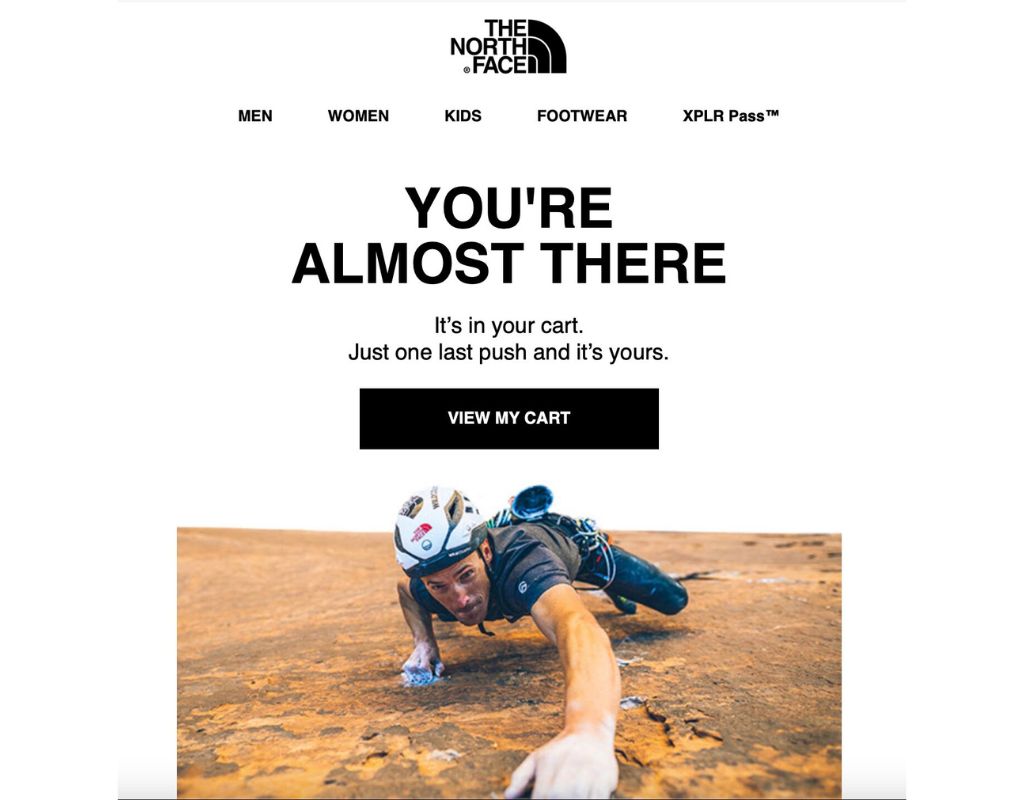
Reach Out To Loyal Customers For Feedback Or Reviews
Reviews play a crucial role in the digital age we live in today, more so if you are a local business. Statistics at Brightlocal show that about 98% of people today read online reviews for local businesses before engaging with them.
While this email segmentation strategy will not have a direct impact on your ROI, reaching out to customers and requesting them to leave behind positive reviews of their experience will certainly give your business a boost down the line.
Here is an example of Papier, a brand selling online stationery, reaching out to its customers and asking them to leave a review of their experience.
While this email segmentation strategy will not have a direct impact on your ROI, reaching out to customers and requesting them to leave behind positive reviews of their experience will certainly give your business a boost down the line.
Here is an example of Papier, a brand selling online stationery, reaching out to its customers and asking them to leave a review of their experience.
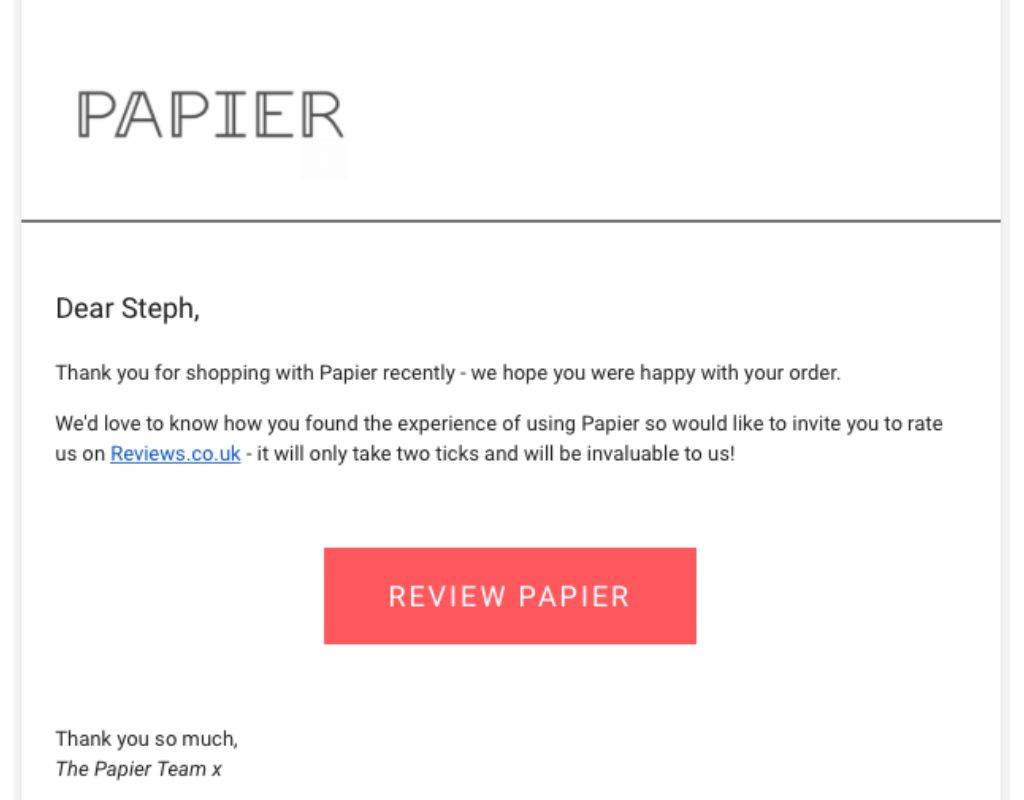
Conduct Surveys to Capture Psychographic Characteristics
You shouldn’t be too nervous about asking your customers/ clients for basic details. After all, it is for their own better experience.
A survey, especially when utilizing well-designed survey templates, allows you to gather valuable demographic information and insights into psychographic characteristics, such as individual tastes, preferences, and beliefs.
These templates can streamline the process, ensuring that your questions are structured effectively to elicit the most informative responses. You can even incentivize your surveys if they get good responses, further encouraging participation and engagement.
Or, instead of pitching it as a survey, turn it into a quiz that offers results that would interest your audience
A survey, especially when utilizing well-designed survey templates, allows you to gather valuable demographic information and insights into psychographic characteristics, such as individual tastes, preferences, and beliefs.
These templates can streamline the process, ensuring that your questions are structured effectively to elicit the most informative responses. You can even incentivize your surveys if they get good responses, further encouraging participation and engagement.
Or, instead of pitching it as a survey, turn it into a quiz that offers results that would interest your audience
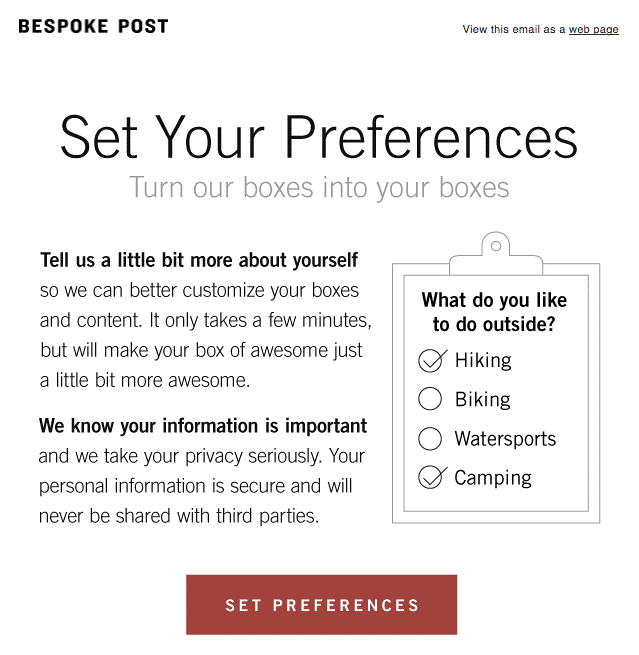
Make Special Events Even More "Special"
If you have access to your customer's birthday or anniversary information, sending out an email wishing them along with a freebie or a discount coupon is a great way to boost your relationship with them along with the potential of improving your bottom line.
If you want to talk numbers, highly personalized emails average about 6x higher transactional rates. Here is how Sephora sends out personalized birthday emails with a freebie along with it.
If you want to talk numbers, highly personalized emails average about 6x higher transactional rates. Here is how Sephora sends out personalized birthday emails with a freebie along with it.
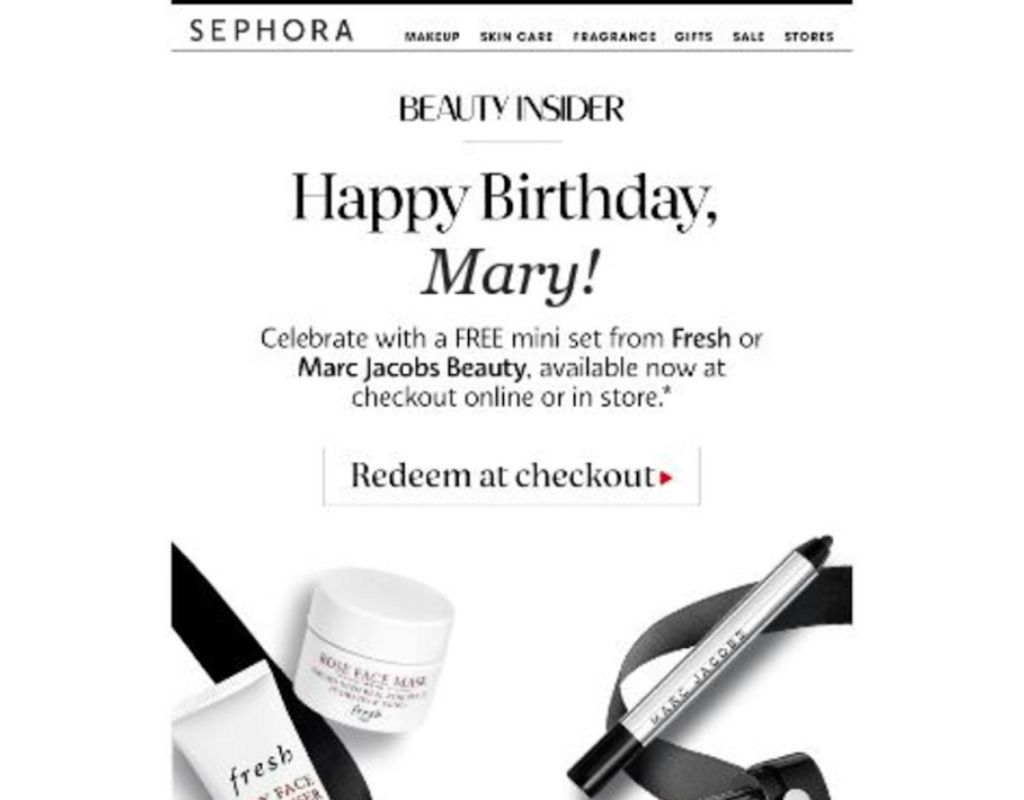
How To Get Started with Email Segmentation?
Now that you are armed with all the information you need about email segmentation let's look at how you can get started with it.
Clean Up And Verify Your Email List
The first thing you should focus on while sending out email campaigns is to ensure the validity and quality of your email lists. Otherwise, no matter how well you segment & personalize your campaigns they will not produce the results you expect.
So, start with verifying your email lists. Clearout helps you determine the status (invalid, risky, etc) of the email addresses in your list along with the account type (free/role-based).
So, start with verifying your email lists. Clearout helps you determine the status (invalid, risky, etc) of the email addresses in your list along with the account type (free/role-based).
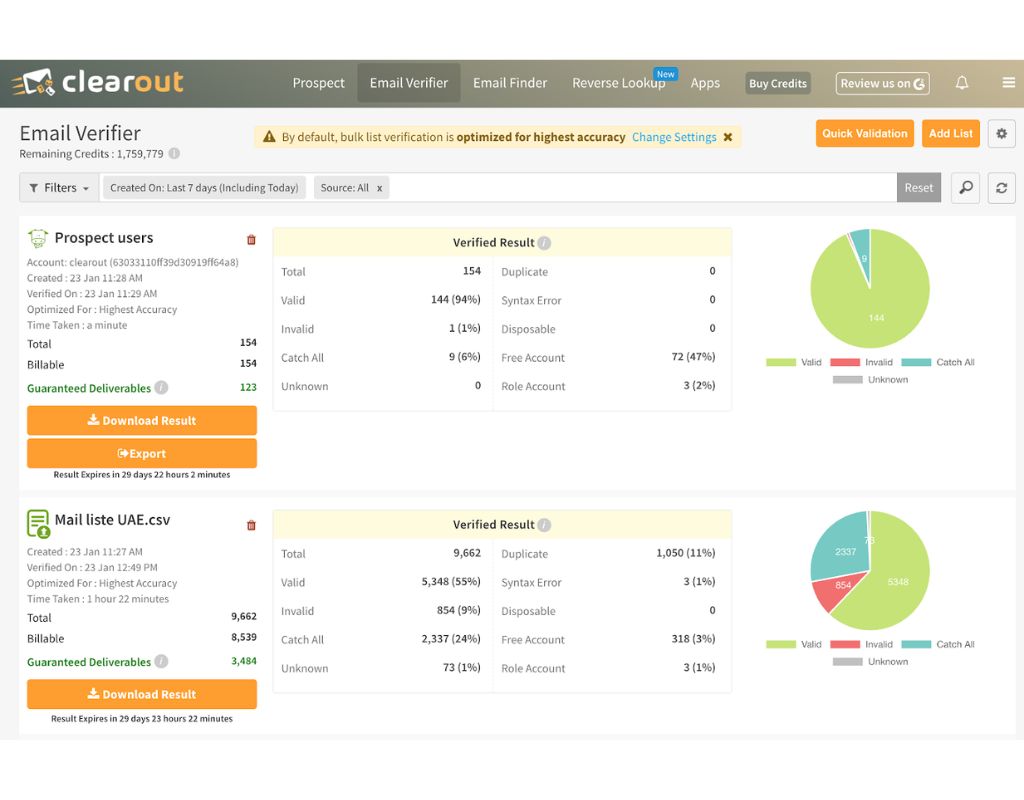
This leaves you with a clean, verified email list along with the necessary information to segment your email lists for better email deliverability. You can use the bulk verification option to upload a list or use the integration option to import directly from your CRM, or sales/marketing tools.
Make sure to regularly check and clean your email lists before sending out major campaigns (maybe monthly, or quarterly) to fight the data decay problem and keep your email list quality up to the mark.
Make sure to regularly check and clean your email lists before sending out major campaigns (maybe monthly, or quarterly) to fight the data decay problem and keep your email list quality up to the mark.
Decide on the Data Points You Want to Focus
The next step is to strategize and decide what you want to achieve with your email campaign and what data points you should be segmenting based on to achieve your end goal.
We have covered a few categories of data points you can work within the previous sections (demographic, geographic, behavioral, and psychographic), and you can use one or a combination of these data points to help you get the best results for your specific end goal.
We have covered a few categories of data points you can work within the previous sections (demographic, geographic, behavioral, and psychographic), and you can use one or a combination of these data points to help you get the best results for your specific end goal.
Create The Segments & Personalize Them
Once you have decided on what data points to focus on, start with creating broader segments that target a large group of recipients and then create sub-segments to target a niche audience within those segments further.
Once you have these segments in place, personalize your email content and offers for each segment for maximum impact.
Once you have these segments in place, personalize your email content and offers for each segment for maximum impact.
Analyze And Improvise
Email segmentation is a dynamic process and not a one-time exercise. To fine-tune your segments, A/B tests various elements such as subject lines, formats, and calls to action within each group.
Track open rates, clicks, and other metrics to identify winning variations, and then iteratively optimize your segments and content based on the results and evolving data.
Track open rates, clicks, and other metrics to identify winning variations, and then iteratively optimize your segments and content based on the results and evolving data.
Maximize Your Marketing Campaign Performance With Email Segmentation
Email marketing is here to stay, and if you want to get the best bang for your buck, email segmentation is an exercise that must be a part of your marketing arsenal.
As with everything, getting your email segmentation game honed in will require time, patience, and a lot of trial and error. To succeed in the email marketing realm, make sure to follow the motto - Validate, Segment, Personalize, & Improvise.
As with everything, getting your email segmentation game honed in will require time, patience, and a lot of trial and error. To succeed in the email marketing realm, make sure to follow the motto - Validate, Segment, Personalize, & Improvise.
Recent Posts
23 Dec 2025
Email Frequency by Industry: What Works in 2026
Learn how often to send emails in 2026 based on your industry. Explore email frequency benchmarks, b ...
22 Dec 2025
10 Best CRM Software Tools for 2026 (Top Picks & Pricing)
Explore the 10 best CRM software tools for 2026. Compare features, pricing, integrations, and AI cap ...
22 Dec 2025
How To Create a Drip Email Campaign That Converts Leads
A drip email campaign is a marketing strategy that is used to send automated emails to the targeted ...
19 Dec 2025
How to Write Basho Emails Decision-Makers Can’t Ignore | 2026
Learn how to write Basho emails that get replies in 2026. Explore the step-by-step framework, common ...
18 Dec 2025
ESP Validation vs Dedicated Email Verification: Which Works?
Compare inbuilt ESP email validation with dedicated email verification tools. See how dedicated veri ...
Clearout's
Form Guard
Validate email, phone & name on any forms!
- Real signups only
- Verified emails
- Valid phone numbers
- No fake names
- Cleaner CRM
- No devs needed
Email Verification, Email Finding Form Guard & Prospecting Service
Expand Your Reach By Finding & Verifying Ideal Prospects.

